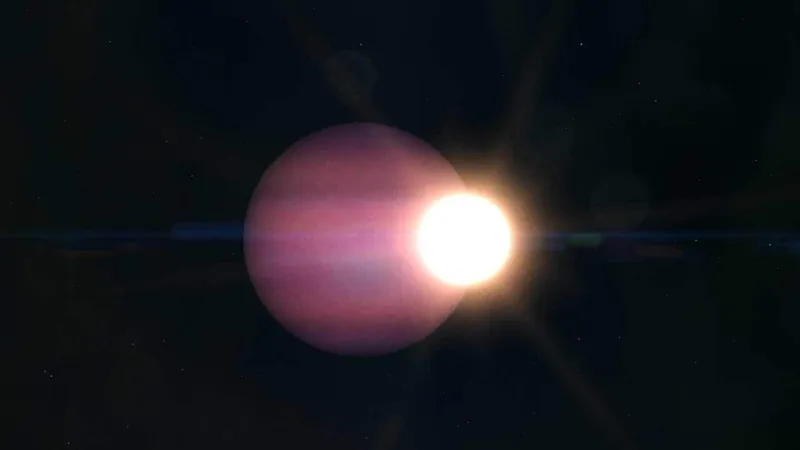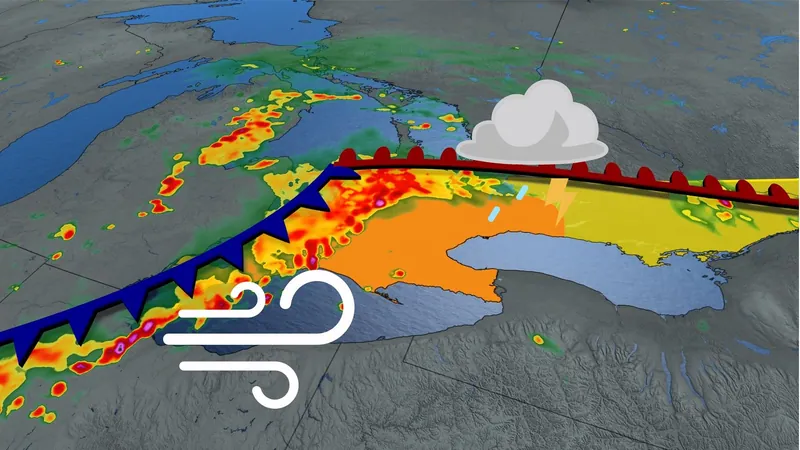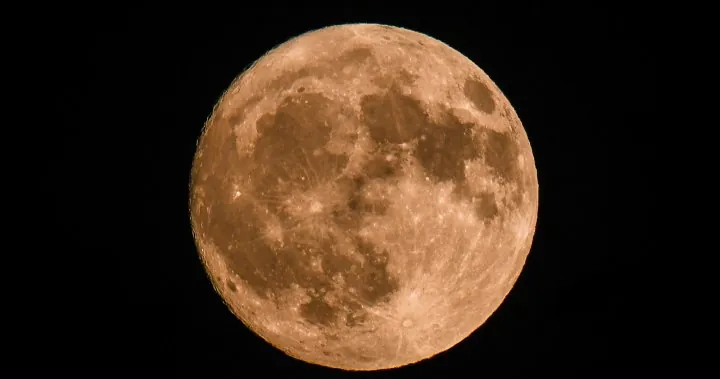
Revealed: The Coldest Exoplanet Ever Discovered Orbits a Dead Star!
2025-05-03
Author: Charlotte
Meet WD 1856+534 b: The Coldest Planet in the Universe!
Imagine a planet, as large as Jupiter, drifting in the cosmos, located a staggering 80 light-years away from Earth. Say hello to WD 1856+534 b, a recent discovery that’s breaking records and defying expectations!
Surviving the Unthinkable!
First spotted in 2020, this remarkable exoplanet orbits a white dwarf star every 1.4 days. Initially, scientists were puzzled about its classification due to sparse data from the Spitzer Space Telescope.
But fear not! Thanks to the groundbreaking capabilities of the James Webb Space Telescope (JWST), researchers have gathered detailed measurements confirming that this celestial body is indeed a planet, while also unveiling its mass and an astonishingly frigid temperature.
The Forbidden Zone: A Planet's Unexpected Home!
What makes WD 1856+534 b so captivating is its location in what scientists have dubbed the "forbidden zone" of its star. Positioned perilously close to a white dwarf, this area should have been a death trap for any planet during the star’s tumultuous transition from a red giant.
Astrophysicist Limbach emphasizes that this finding stands as powerful evidence that planets can indeed survive the violent demise of their stars, even finding themselves in orbits that were previously deemed impossible.
Breaking Temperature Records!
With a chilling average temperature of -87 degrees Celsius, WD 1856+534 b now holds the title of the coldest planet ever directly observed, smashing the previous record held by Epsilon Indi Ab, which hovers around a comparatively mild 2 degrees Celsius.
What's Next for Astronomers?
Limbach sees this discovery as a monumental leap forward, opening up new avenues for understanding our solar system within a broader galactic landscape. The JWST isn't done yet; future programs will aim to explore even colder planets and unravel their secrets.
This July, Limbach and her team plan to conduct a follow-up observation of the WD 1856+534 system. By examining the system's positioning against background stars, they hope to uncover additional planets potentially gravitationally bound to the white dwarf.
This upcoming research will shed light on how planets like WD 1856+534 b end up in such extreme orbits, further expanding our comprehension of the cosmic dance of life and death among stars!









 Brasil (PT)
Brasil (PT)
 Canada (EN)
Canada (EN)
 Chile (ES)
Chile (ES)
 Česko (CS)
Česko (CS)
 대한민국 (KO)
대한민국 (KO)
 España (ES)
España (ES)
 France (FR)
France (FR)
 Hong Kong (EN)
Hong Kong (EN)
 Italia (IT)
Italia (IT)
 日本 (JA)
日本 (JA)
 Magyarország (HU)
Magyarország (HU)
 Norge (NO)
Norge (NO)
 Polska (PL)
Polska (PL)
 Schweiz (DE)
Schweiz (DE)
 Singapore (EN)
Singapore (EN)
 Sverige (SV)
Sverige (SV)
 Suomi (FI)
Suomi (FI)
 Türkiye (TR)
Türkiye (TR)
 الإمارات العربية المتحدة (AR)
الإمارات العربية المتحدة (AR)